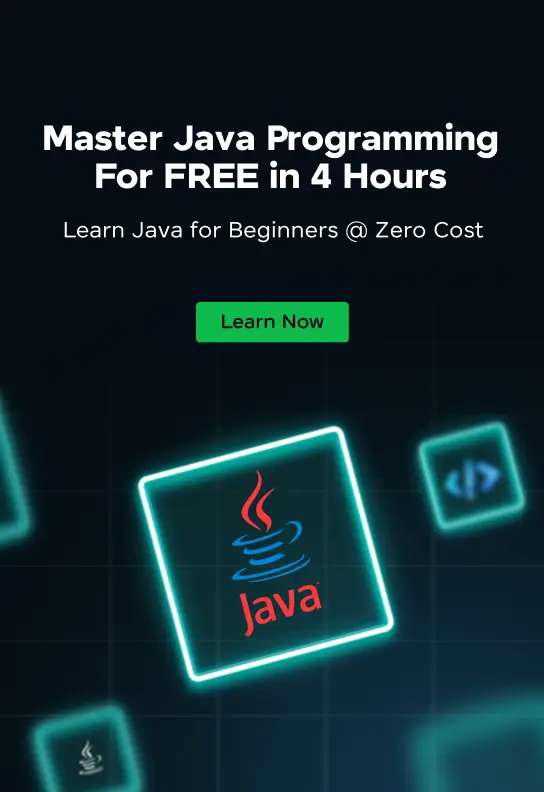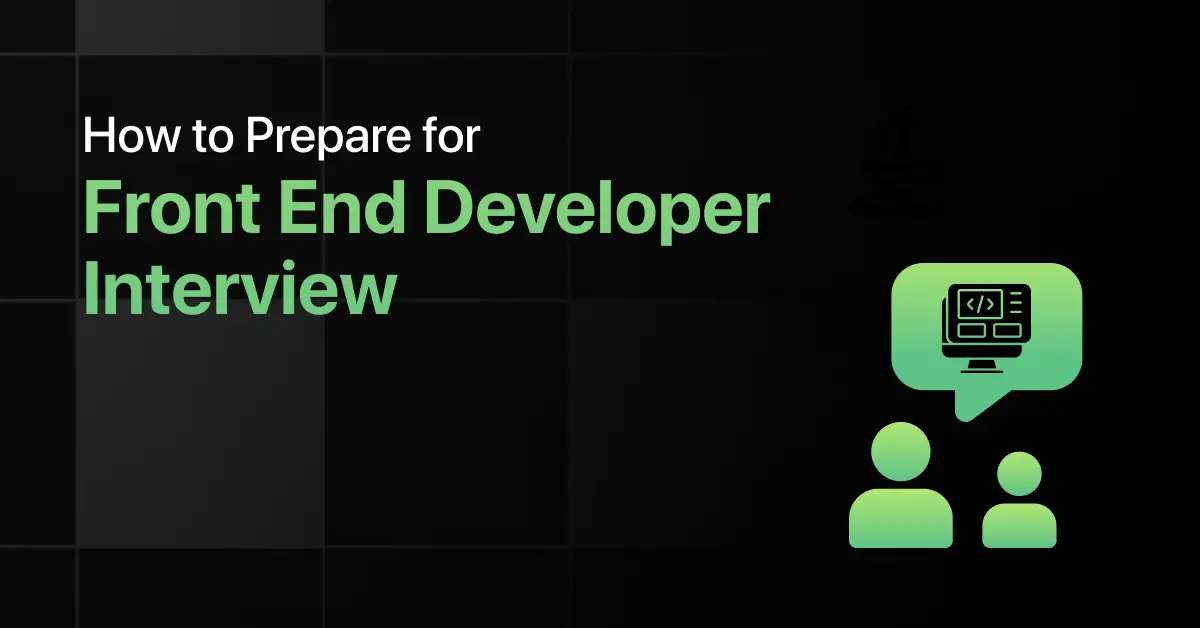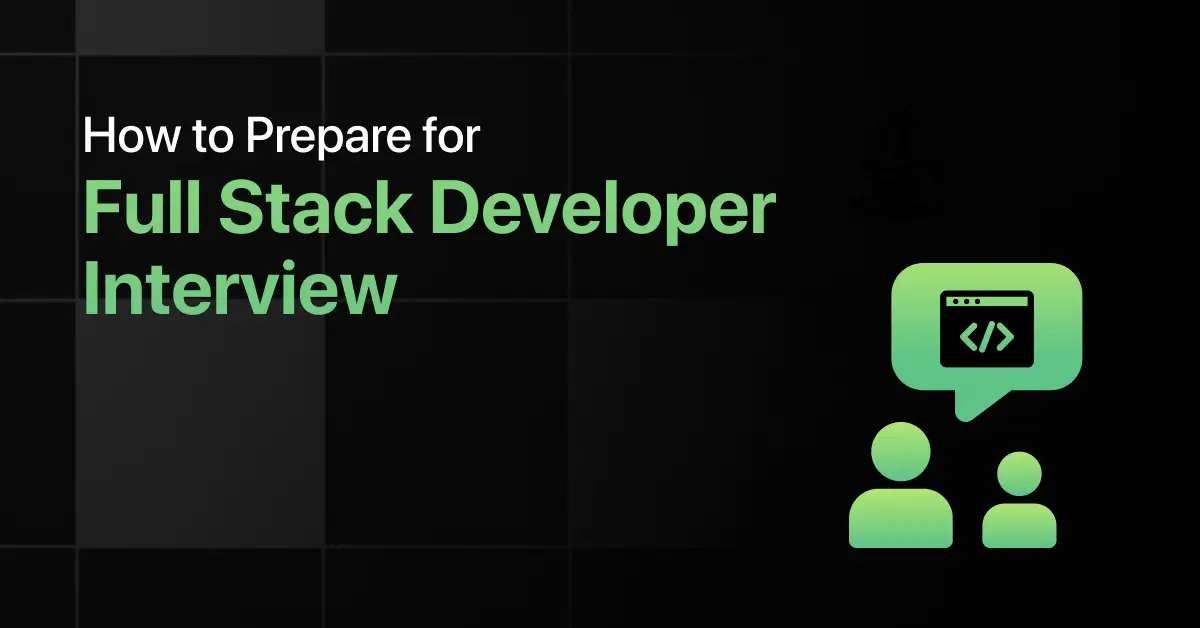Best Java Frameworks You Should Know
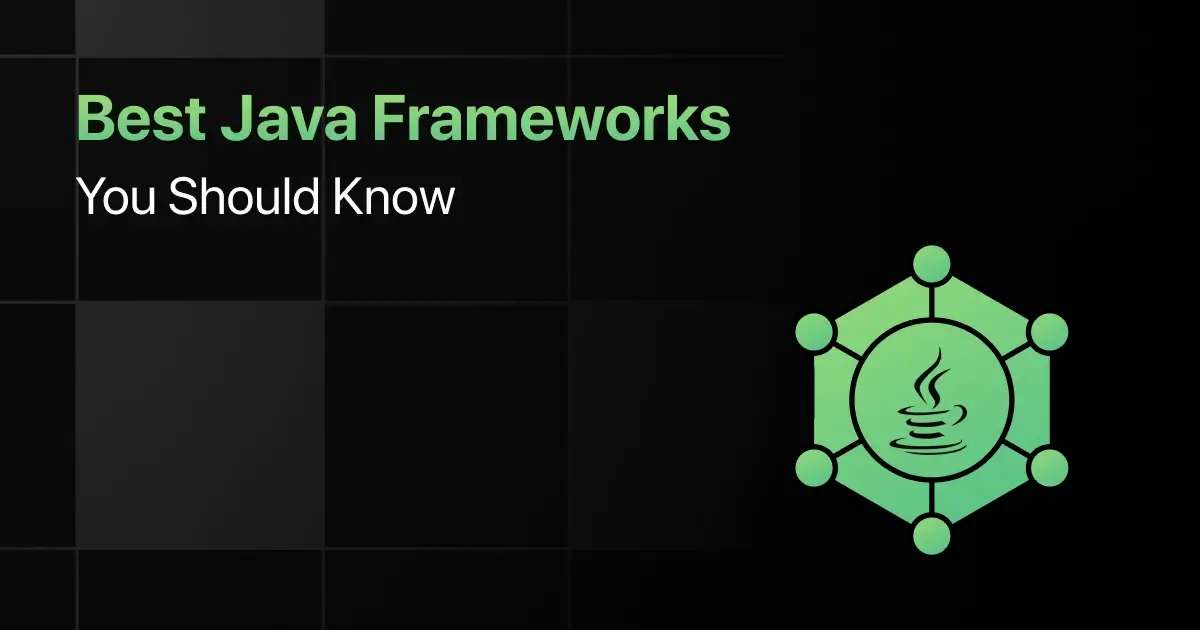
Java frameworks are essential tools for developers. They provide a structured foundation to build applications.
Understanding different Java frameworks is important for both experienced developers and beginners.
This blog will explore a Java frameworks list and highlight the unique features of Java frameworks and libraries.
Top Java Frameworks for Developers – Overview
Here’s an overview of the 10 best frameworks for Java programming:
| S.No. | Framework Name | Key Features | Ease of Integration | Download Link |
|---|---|---|---|---|
| 1 | Spring | Dependency Injection, Aspect-Oriented | Easy | Download |
| 2 | Hibernate | Automatic Table Creation, HQL | Medium | Download |
| 3 | Struts | MVC Architecture, Tag Libraries | Medium | Download |
| 4 | JSF (JavaServer Faces) | Component-Based UI, Managed Beans | Medium | Download |
| 5 | Grails | Convention over Configuration, GORM | Easy | Download |
| 6 | Vaadin | Server-Side Architecture, Real-Time Data | Easy | Download |
| 7 | Dropwizard | Lightweight Framework, Built-In Metrics | Easy | Download |
| 8 | Play | Stateless Architecture, Asynchronous I/O | Medium | Download |
| 9 | Blade | Lightweight Framework, Simple Routing | Easy | Download |
| 10 | Micronaut | Fast Startup Time, Low Memory | Easy | Download |
Most Popular Java Frameworks You Should Know
Below are the top 10 Java frameworks you should know:
1. Spring
Spring is a comprehensive framework for enterprise Java development, providing extensive infrastructure support.
It simplifies the development process by offering robust features like dependency injection, aspect-oriented programming, and transaction management.
Popularity:
- Widely used in enterprise applications.
- Preferred by financial institutions.
- Common in large-scale web applications.
Key Features:
- Dependency Injection
- Aspect-Oriented Programming
- Transaction Management
Learning Curve: Medium
- Performance: High performance due to lightweight container
Compatibility:
- Supports multiple configurations like XML, JavaConfig, and Annotations.
- Compatible with various databases and web servers.
Ease of Integration: Easy
Use Cases and Industry Adoption:
- Enterprise applications
- Microservices architecture
- Web applications
Job Market Demand:
- High demand in enterprise-level projects
- Common in financial and banking sectors
- Widely sought after in software development companies
2. Hibernate
Hibernate is an object-relational mapping (ORM) framework for Java, simplifying database interactions by mapping Java classes to database tables.
It helps manage database operations without writing complex SQL queries.
Popularity:
- Popular in database-driven applications.
- Widely used in enterprise solutions.
- Common in applications requiring complex data operations.
Key Features:
- Automatic Table Creation
- HQL (Hibernate Query Language)
- Caching Mechanisms
Learning Curve: Medium
Performance: High performance with optimized data access
Compatibility:
- Supports multiple databases.
- Integrates with other Java frameworks like Spring.
Ease of Integration: Medium
Use Cases and Industry Adoption:
- Enterprise applications
- Data-driven applications
- Financial services
Job Market Demand:
- High demand in data-intensive projects
- Common in enterprise-level software development
- Sought after by companies using Java for backend development
3. Struts
Struts is an open-source framework for creating Java EE web applications, providing a robust framework for developing MVC (Model-View-Controller) applications.
It streamlines the development process by separating the application logic from the user interface.
Popularity:
- Popular in legacy enterprise applications.
- Used in web applications with MVC architecture.
- Common in projects requiring structured codebase.
Key Features:
- MVC Architecture
- Tag Libraries
- Validation Framework
Learning Curve: Medium
Performance: Good performance with structured request handling
Compatibility:
- Integrates with various Java EE technologies.
- Supports multiple view technologies like JSP, JSF.
Ease of Integration: Medium
Use Cases and Industry Adoption:
- Web applications
- Legacy enterprise systems
- Government projects
Job Market Demand:
- Demand in maintaining and upgrading legacy systems
- Used in structured enterprise projects
- Required in projects with MVC architecture
4. JSF (JavaServer Faces)
JavaServer Faces (JSF) is a Java specification for building component-based user interfaces for web applications.
It simplifies the development integration of web-based user interfaces.
Popularity:
- Widely used in enterprise web applications.
- Preferred for projects needing rich UI components.
- Common in Java EE projects.
Key Features:
- Component-Based UI
- Reusable UI Components
- Managed Beans
Learning Curve: Medium
Performance: Moderate performance with rich UI capabilities
Compatibility:
- Integrates with Java EE.
- Supports various UI component libraries.
Ease of Integration: Medium
Use Cases and Industry Adoption:
- Enterprise web applications
- Customer-facing applications
- Projects requiring reusable UI components
Job Market Demand:
- High demand for enterprise-level web development
- Used in customer-facing applications
- Sought after for projects requiring rich UI components
5. Grails
Grails is a powerful web application framework based on Groovy and Java, built on top of Spring Boot.
It accelerates development by providing a convention-over-configuration paradigm.
Popularity:
- Popular in rapid development environments.
- Widely used in startups and agile projects.
- Common in Groovy-based applications.
Key Features:
- Convention over Configuration
- Scaffolding
- GORM (Grails Object Relational Mapping)
Learning Curve: Easy
Performance: High performance with efficient development practices
Compatibility:
- Built on Spring Boot.
- Integrates with various databases and Java libraries.
Ease of Integration: Easy
Use Cases and Industry Adoption:
- Rapid application development
- Agile projects
- Startups
Job Market Demand:
- High demand in startups
- Preferred in rapid development projects
- Sought after in agile development environments
6. Vaadin
Vaadin is a Java framework for building modern web applications with a focus on developer productivity.
It allows developers to create UIs using Java, without needing to write HTML or JavaScript.
Popularity:
- Popular in enterprise web applications.
- Used in projects requiring rich user interfaces.
- Common in applications needing real-time updates.
Key Features:
- Server-Side Architecture
- Rich UI Components
- Real-Time Data Binding
Learning Curve: Medium
Performance: High performance with real-time updates
Compatibility:
- Integrates with Spring and other Java frameworks.
- Supports various databases and web servers.
Ease of Integration: Easy
Use Cases and Industry Adoption:
- Enterprise web applications
- Real-time applications
- Projects requiring rich user interfaces
Job Market Demand:
- High demand for enterprise-level web development
- Used in real-time applications
- Sought after for projects requiring rich UIs
7. Dropwizard
Dropwizard is a Java framework for developing RESTful web services, combining various well-established libraries into a single, easy-to-use framework.
It focuses on the rapid development and deployment of high-performance web services.
Popularity:
- Popular in developing RESTful web services.
- Widely used in microservices architecture.
- Common in projects needing quick deployment.
Key Features:
- Lightweight Framework
- Built-In Metrics
- Health Checks
Learning Curve: Easy
Performance: High performance with a lightweight framework
Compatibility:
- Integrates with various databases.
- Supports multiple third-party libraries.
Ease of Integration: Easy
Use Cases and Industry Adoption:
- RESTful web services
- Microservices
- High-performance applications
Job Market Demand:
- High demand in microservices projects
- Used in developing RESTful APIs
- Preferred in high-performance web services
8. Play
Play is a reactive web application framework for Java and Scala, focusing on scalability and developer productivity.
It simplifies web application development by providing a stateless architecture and asynchronous I/O.
Popularity:
- Popular in real-time web applications.
- Widely used in reactive programming.
- Common in projects needing high scalability.
Key Features:
- Stateless Architecture
- Asynchronous I/O
- Reactive Programming Support
Learning Curve: Medium
Performance: High performance with non-blocking I/O
Compatibility:
- Supports both Java and Scala.
- Integrates with various databases and web servers.
Ease of Integration: Medium
Use Cases and Industry Adoption:
- Real-time web applications
- Scalable applications
- Reactive systems
Job Market Demand:
- High demand in real-time web projects
- Used in reactive programming
- Preferred for scalable applications
9. Blade
Blade is a lightweight and high-performance Java framework designed for building web applications quickly.
It is based on simplicity and provides a minimalistic yet powerful set of features.
Popularity:
- Popular in lightweight web applications.
- Used in projects requiring fast development cycles.
- Common in startups and small projects.
Key Features:
- Lightweight Framework
- Simple Routing
- Fast Startup Time
Learning Curve: Easy
Performance: High performance with minimal overhead
Compatibility:
- Supports multiple databases.
- Integrates with various third-party libraries.
Ease of Integration: Easy
Use Cases and Industry Adoption:
- Lightweight web applications
- Rapid development projects
- Startups
Job Market Demand:
- High demand in small and fast-paced projects
- Used in lightweight web development
- Preferred in startups
10. Micronaut
Micronaut is a modern, JVM-based framework designed for building modular, easily testable microservice and serverless applications.
It offers a fast startup time and low memory footprint.
Popularity:
- Popular in microservices architecture.
- Widely used in serverless applications.
- Common in modular application development.
Key Features:
- Fast Startup Time
- Low Memory Footprint
- Dependency Injection
Learning Curve: Medium
Performance: High performance with low overhead
Compatibility:
- Integrates with various databases and messaging systems.
- Supports both Java and Groovy.
Ease of Integration: Easy
Use Cases and Industry Adoption:
- Microservices
- Serverless applications
- Modular systems
Job Market Demand:
- High demand for microservices and serverless projects
- Used in modular application development
- Preferred in cloud-native applications
Final Words
For beginners, starting with the recommended Java frameworks in this blog can ease your learning curve.
Mastering the top 10 Java frameworks will equip you with the knowledge and tools needed to build scalable Java applications.
Explore More Java Resources
- Java Learning Websites
- Java Practice Websites
- Java YouTube Channels
- Java Project Ideas
- Java Interview Questions
- Java IDEs
- Java vs Core Java
- Java Apps
- Java MCQ
Explore More Frameworks
- C Programming
- Python
- JavaScript
- HTML
- CSS
- Web Development
- Mobile App Development
- Automation Testing
- PHP
- Machine Learning
- Unit Testing
- Big Data
- Ruby
- Data Science
- DevOps
- Blockchain
- Golang
FAQs
The best Java frameworks to use are:
- Spring
- Hibernate
- Struts
- JSF
- Grails
The key features that you should look for in a Java framework are dependency injection, MVC architecture, ORM support, scalability, and ease of integration.
Spring is best suited for web development due to its comprehensive ecosystem and support for RESTful services.
Spring Boot, Grails, and Blade are the easiest Java frameworks to learn for beginners.
Common use cases include enterprise applications, data-driven applications, web applications, and microservices.
Some lightweight Java frameworks for rapid application development are Blade, Dropwizard, and Spark.
Top companies use frameworks like Spring, Hibernate, and JSF for their enterprise and web applications.
The job market demand for skills related to Java frameworks is high, especially for Spring, Hibernate, and microservices frameworks, driven by enterprise and cloud-based application development needs.
Related Posts
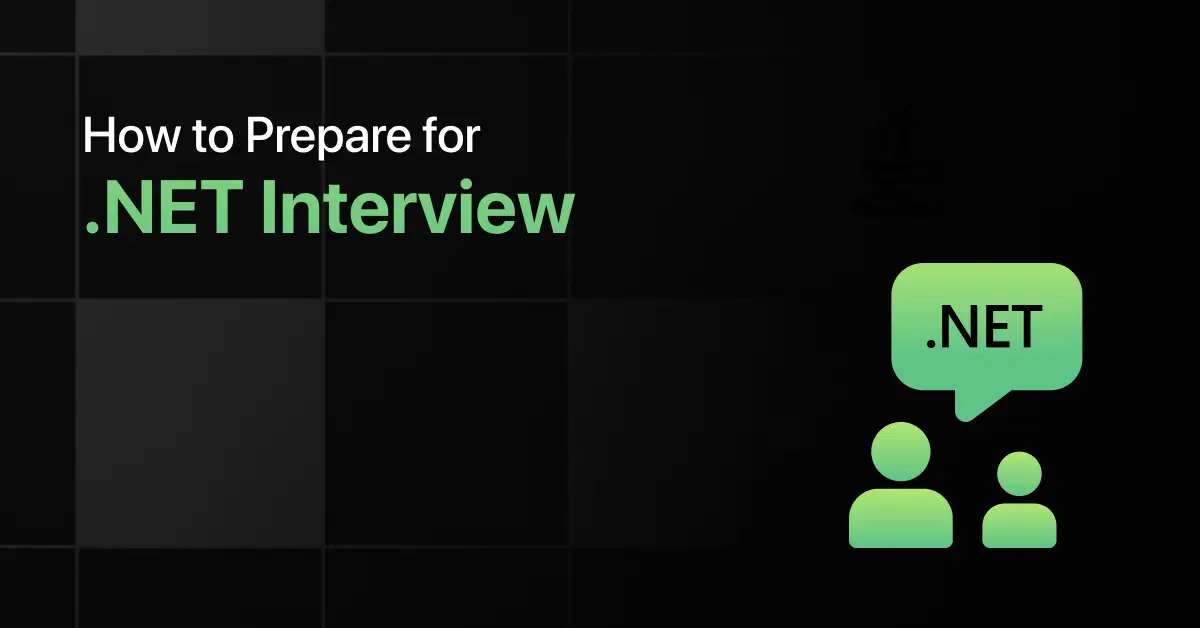

How to Prepare for .Net Interview
Are you preparing for a .NET interview but not sure which topics to prioritize? Many candidates struggle to balance C# fundamentals, …
Warning: Undefined variable $post_id in /var/www/wordpress/wp-content/themes/placementpreparation/template-parts/popup-zenlite.php on line 1050

